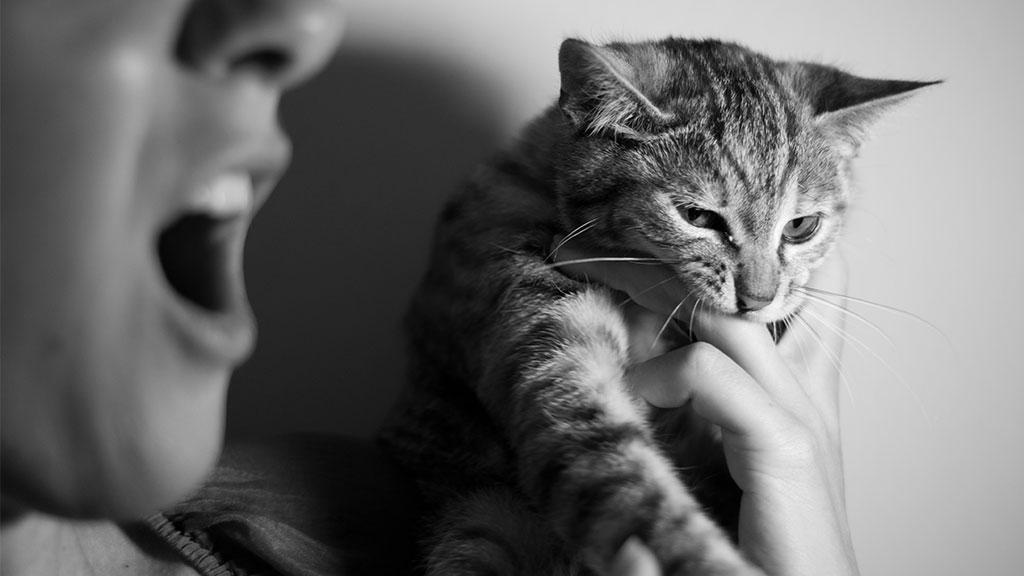Return of the Byte
Heard of DigiBytes before? Unlikely! We’re a brand new short-form blog designed by the Library for our Deakin community. We did have an earlier email version of self in 2019 and 2020 called Digital Literacy Bytes. But it’s a moving feast in our work worlds and in digital spaces – so the Library has redesigned our approach.
Did you know that a byte is the number of bits used to encode a single character of text in a computer? They’re intended to be the smallest addressable unit of memory. Just like the historic byte, this DigiByte blog intends to be short, sweet and memorable. Hopefully adding to your knowledge across the year.
So, enjoy our little tidbit of learning!
Bits and bytes explained
Information is encoded as data in digital systems. The smallest building block of data storage are binary digits – bits for short. Bits are stored as either 0 or 1. Bits are so tiny they usually get grouped into bytes (8 bit unit = 1 byte). Bytes are bigger than bits but they are still pretty small – one byte can only store one character (e.g. % or A). To give you some context, this blog post is about 426,000 bytes.
Units of measure:
You can identify what’s a bit and what’s byte by looking at the unit symbol (e.g. MB for megabyte or Mb for megabit). Lowercase ‘b’ is the smaller bit and uppercase ‘B’ is the larger byte.
- KB, MB, GB – A kilobyte (KB) is 1,024 bytes. A megabyte (MB) is 1,024 kilobytes. A gigabyte (GB) is 1,024 megabytes. A terabyte (TB) is 1,024 gigabytes.
- kb, Mb, Gb – A kilobit (kb) is 1,024 bits. A megabit (Mb) is 1,024 kilobits. A gigabit (Gb) is 1,024 megabits. A terabit (Tb) is 1,024 gigabits.
Digital experience tip: Data sizes are usually measured in ‘bytes’. Broadband speeds are measured in ‘bits’.
To deep dive into bytes and bits
You can check out this FutureLearn article for bits, bytes, and nibbles info. Or bookmark this Stanford Computing Principles 101 resource which covers digital information units of measure.
